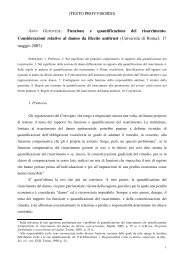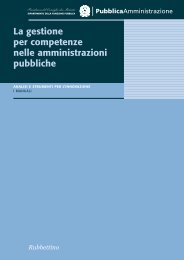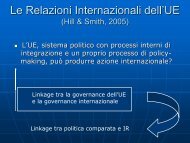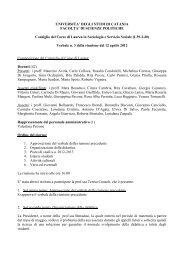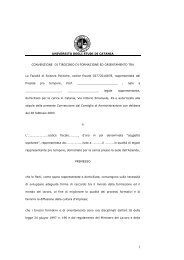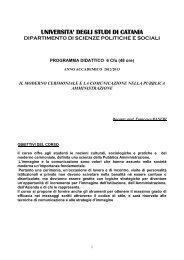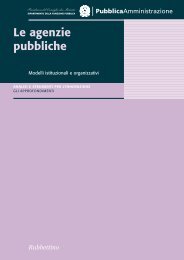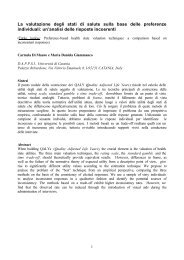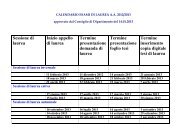Vestas Wind Systems A/S: Exploiting Global R&D Synergies
Vestas Wind Systems A/S: Exploiting Global R&D Synergies
Vestas Wind Systems A/S: Exploiting Global R&D Synergies
You also want an ePaper? Increase the reach of your titles
YUMPU automatically turns print PDFs into web optimized ePapers that Google loves.
<strong>Vestas</strong> <strong>Wind</strong> <strong>Systems</strong> A/S: <strong>Exploiting</strong> <strong>Global</strong> R&D <strong>Synergies</strong><br />
Another essential facet of the <strong>Global</strong> Operation Model was the emphasis on the<br />
respective centers’ constant development of competences. As the business unit aimed to<br />
develop the best products and services, internal learning and development were vital. The<br />
<strong>Global</strong> Operation Model divided the respective centers into “competence centers” and<br />
“Centers of Excellence” according to the level of research undertaken in each competence.<br />
<strong>Vestas</strong> naturally aimed to elevate as many research areas into Centers of Excellence as<br />
possible. This process could, for instance, be seen in the Chennai center, where it was<br />
originally expected that the lower ends of the R&D value chain (e.g. mechanical and ITrelated<br />
R&D) would become a stronghold. As the center gradually contributed more and more<br />
to the overall learning process in Technology R&D, it gained responsibility and earned a<br />
higher status. Therefore, the original intention of accessing talent for an R&D back-office<br />
grew into a vision of an R&D Center of Excellence where the responsibilities increasingly<br />
covered the higher ends of the value chain. According to Finn Strøm Madsen, having a<br />
dynamic, developing environment within the network was also essential to securing the<br />
critical mass required for developing the business unit. “We’re devoted to acquiring the best<br />
employees – and the best employees are in a constant search for a professional environment”,<br />
Madsen argued. “We need to ensure that we give them this environment, that they have<br />
constant challenges, and that they draw on each others’ competences – simply put, that we<br />
have critical mass.” 30<br />
Optimizing the interfaces between the R&D centers in the network was another central<br />
focus for the Technology R&D unit. <strong>Vestas</strong> devoted many of its resources to establishing<br />
tools, procedures, training and education to achieve this goal. When, for instance, Technology<br />
R&D ran a project across the network, the individual processes were determined in advance<br />
so that each site was comfortable with what to do and what to deliver. Furthermore, as each<br />
site completed its part of the project, the product or service could be gathered centrally.<br />
<strong>Vestas</strong> had also invested in a video conference system that allowed employees from different<br />
regional hubs to have real-time, face-to-face meetings and conferences. “It is actually a virtual<br />
meeting room where you have six chairs on one side and three large screens on the other side<br />
with two chairs each”, Michael Høgedal, Vice President and MD in Technology R&D<br />
Chennai, India explained. “When you are calling a similar office, it looks like you are<br />
attending a physical meeting with faces and sounds from the right places”. 31 In addition,<br />
<strong>Vestas</strong>’s focus on one particular product, in contrast to competitors such as General Electric<br />
30 Finn Strøm Madsen interview, January 2009.<br />
31 Michael Høgedal interview, December 2008.<br />
10



